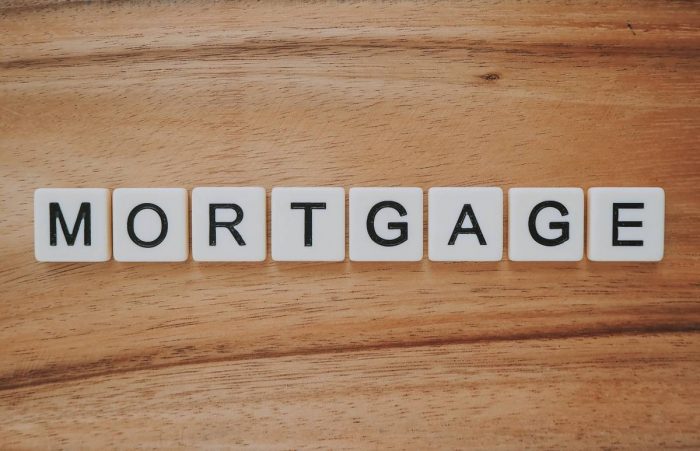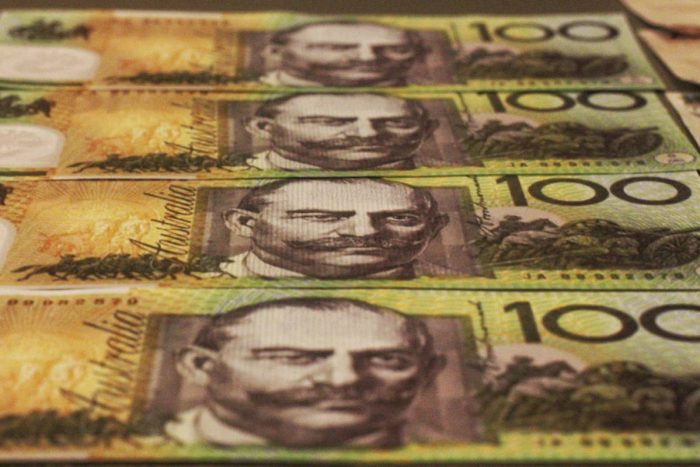When will interest rate rises become a problem for borrowers?
Published
August 8, 2022
Published
August 8, 2022

As expected, the RBA decided to increase the cash rate by a solid 0.50 basis points last week. The nation’s interest rate now sits at 1.85 per cent and it’s put smiles on journo’s faces as they get the chance to publish headlines like these:
- “Interest rate hikes ‘will sting’ Australians”
- “How much more you will pay as interest rate rises to 1.85%”
- “RBA interest rate hike costs Aussie home buyers”
- “Hike in cash rate spells more pain for borrowers”
I will not for a minute say there’s nothing to worry about for particular borrowers who are over-leveraged, under prepared for their variable rate to kick in or relying solely on the yield of their investment to provide them primary cash flow.
But is it catastrophic? Is this cause for panic?
Unlikely. If you’re a smart borrower.
Fixed rate shock

Concerns are mounting for fixed-rate loan customers whose fixed terms are due to expire in the next two years. Some are tipped to see a whopping 40-per cent increase in their monthly repayments.
Yes, this is considerable. But yes, their stress is avoidable.
We’ve heard bankers in our own network tell us how they see this every several years. Think of an economic cycle as a bunch of seasons. You have ups (summer) and you have downs (winter). Because the “seasons” of an economic cycle are so long, so many investors have never endured dark times. They’ve never seen interest rates hit double-digits (or even high-single-digits). It’s like seeing summer for the first time and being shocked at your sunburn.
Avoiding the shock of a fixed rate expiry is done with one tool: preparation. Multi-year cash flow forecasting can ease the pain of a fixed rate expiration and ensure a smooth investment with or without the influence of the RBA’s meeting on the first Tuesday of every month.
Anyway, we’re not here for a lecture. Let’s talk numbers.
What the numbers say: Are Australians prepared to handle mortgage rate rises?

Looking at debt-to-income ratios, the propensity for handling sudden mortgage repayment rises might depend on where in Australia you call home.
According to May 2022 figures from Performance Property Advisory, the average mortgage for a Perth homeowner takes up approximately 22 per cent of their monthly income. The same figure for a Sydney homeowner is around 67 per cent.
Averages and medians can often be misleading, but here we at least have a good representation of how rising interest rates will impact Australians differently. The size of their loans and the size of their monthly take-home can play a significant factor.
The good news is the pandemic forced many of us to save. Household savings have increased significantly since the coronavirus. And of course house prices (despite their recent decline in a few areas of the east coast) have defied gravity across most precincts in Australia. Mortgage holders have a lot more equity in their assets that may serve them well if in need.
What does another rate hike mean for commercial property landlords?
Yields will tighten for commercial landlords as lending premiums rise. We’ve known this for some time now, with early-2022 forecasts across the major banks painting an obvious picture of what we could expect from the RBA during the calendar year.

But net yields are still robust for commercial property investors. Industrial yields have squeezed with the prediction of more rate rises, but there is still prosperity to be found in well-purchased investments. Our most recent industrial property syndicate, Pathway 18 Unit Trust, offered investors a 7-year average cash return of 6.25 per cent p.a. It’s hard to say anything negative about that.
Final thoughts
At the end of the day, the RBA knows there is only so much hiking it can do before the cash rate begins causing mass loan defaults. Leading economists are calling for RBA Governor Philip Lowe’s resignation, accusing him and his leadership team of deceiving the Australian public when saying in 2021 that the cash rate was “very likely” to stay at 0.1 per cent until at least 2024. The run of rate rises is a direct response to a stifling inflation rate, after all.
Whether or not his resignation is required, it’s clear the RBA need to check their arsenal in their battle against a 6.1 per cent (and climbing) inflation rate.
Most experts would agree that inflation needs to be controlled and that our (like the US’s) current inflation rate is unsustainable to maintain or increase the country’s living standards. They’d say all will be well once it’s under control. But this is perhaps naïve.
Central banks are only able to move demand around in two ways:
1. Strengthening spending power (reducing interest rates)
2. Weakening spending power (increasing interest rates)
But the only way to raise living standards is through an increase in productivity – and the RBA can’t do this.
The RBA can use their levers to gently drive the economy, instead of issuing knee-jerk measures that do less for the war against inflation than it does the psyche of investors (especially uneducated investors).
And finally, the question remains whether banks will pass on the interest rate rise to deposit customers. Savings accounts are still earning miniscule returns for those who anxiously watch their cash erode by inflation. Instead of being dictated by the actions of a few elite bankers, perhaps they can consider taking control of their capital by placing it in a high-yielding investment.
If that sounds like you, then get in touch with your financial advisor and ask if commercial real estate could be a sound investment for you. We’ll be here with our track record of double-digit investor returns and our 300-plus sophisticated investor base, ready to answer any of your questions.






